They do give a fig
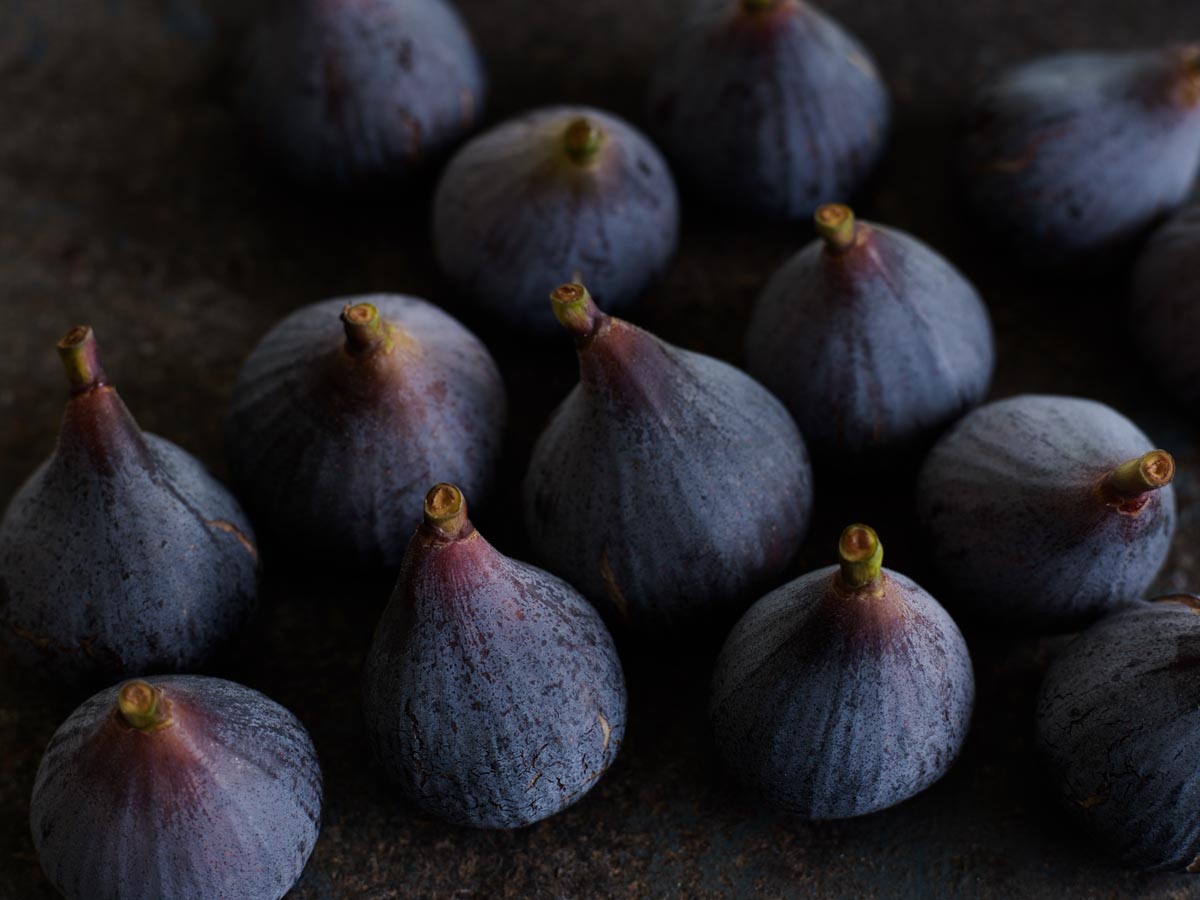
Little precious do I know about figs. I’ve never had my own fig tree, only looked enviously from a window at a neighbour’s tree and at the fruit going begging. Sometimes, when the neighbours were away, I made raids … but I soon gave that up because the birds had got there first. Must be a few tricks to growing good figs, then.
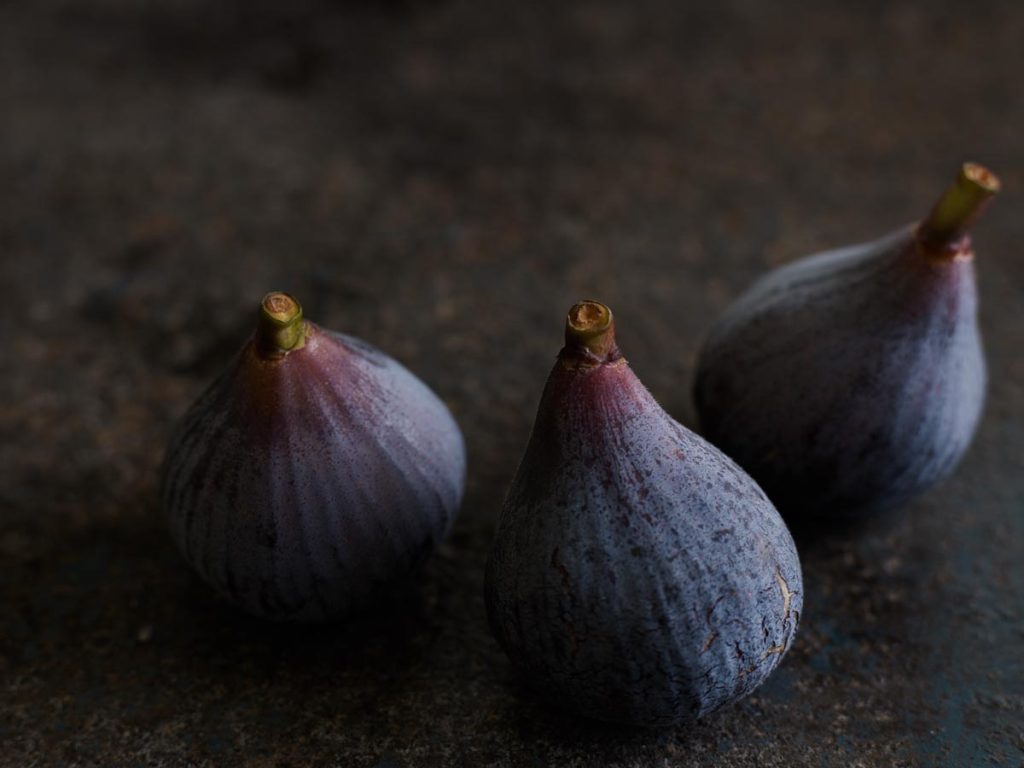
I met up with Helen Walker and Murray Douglas at their figgery, Te Mata Figs http://www.tematafigs.co.nz in Hawke’s Bay, before the start of this year’s fig season. A really nice couple, these two, and they deserve all the success that can possibly come their way. Ha! Writing that, I know I’m transparent. Yes, I’m hoping they’ll send me a truckload of their gorgeous figs every year come harvest time!
Murray and I had a walk around the figgery while enjoying Helen’s newly developed fig sorbetto with Sketch the family dog in tow.
Julie Biuso (JB) “Wow! It’s intensely figgy. And really smooth.”
Murray Douglas (MD) “Yes, it’s 80% figs, no sugar. No dairy either, nor any eggs. It’s the ‘ice cream’ for people who can’t have ice cream. I can’t give the recipe away, but it’s got a little bit of lemon oil in it, not too much, or it tastes metallic.”
JB “Are the lemons off the tree here? It’s a really squat tree but it looks laden with fruit.”
MD “That’s quite normal around here. We’ve some of the best soil in Hawke’s Bay. There are no stones in the soil and it’s beautiful friable, alluvial soil. They used to grow nectarines here, and there were a lot of different fruit trees. We’ve kept some of them in. We use the lemons in the jams and products we make, and now in the sorbetto. Those feijoa trees over there were planted before the figs so they’ve just stayed but the problem is the bees can’t get in to them because we’ve built a netting cage over the whole figgery to keep the birds out, so we don’t get great crops of feijoas. But we get enough for us. And there are Billington plums, too. If at all possible, produce comes from our property. Everything is easy to grow here. Artichokes grow wild, they set seed and away they go. We love their electric bluey-purple flowers. And the taste, of course.
“This is our stock plot, where we take our cuttings from. Figs have two crops. A breba crop, which is sitting on last year’s wood, and this winters over, then the new crop, which is on the current year’s growth. We are holding a very big breba crop. It’s normally about 10% of the main crop. The fig grows in the elbow of the leaf and you could say that the leaf feeds that fig, more or less.
“This one’s Black Genoa. It’s a curious fig. It has a heavy breba crop and a very heavy main crop, so we get two good crops off this. Further down we have Brunoro Black. These figs have a lovely shape, so we use them for drunken figs and preserved figs, because they hold their shape and you can get them in a jar. We get three crops in one season from the Brunoros, the third, though, is just a small one in late May. It’s holding a big crop already, and you can see the new fig just starting on the green there. In this case, come late February early March, we’ll have figs there plus the breba crop.
“This tree will grow a metre. We’ll clip it when there are about 8 big figs and crop it because we only want 8 big figs, rather than more smaller ones. They’ll be huge, twice the size they are now. What we do as we go around is knock the little buds off because we don’t want them too close together. We keep the buds about 15cm (6”) apart, and let them grow straight up if we can because they get in the way if they go down. They’re easy to knock off at this stage because they’re supple. You can go through later and cut them, but it’s more work. There’s some dieback about. It’ll all be cut back. Soon. You can see how we grow these figs on the horizontal escapalier which gives us a lot of light into the middle of the fig. It needs tidying up now. Another job to do. We’ve had some heavy winds so we haven’t been in the figgery much. It’s damaged parts of the cage, so we’ll need to repair that as well.
“Gross Longue Vert is a different shape, you see the way it is growing, much more open and a lower shape and more gnarled. They’re huge figs. Each one can weigh up to 300g. You only get a 3-week crop. They’re growing more of these in the Bay of Plenty. They grow well. There’s no dieback and wind and frost doesn’t affect them so much. Here’s one of the big ones, a breba of Gross Longue Vert. It’ll stay green, its main crop will be like a big avocado and it’ll be a beautiful pink inside. It makes a great syrup.”
JB “Do you have a favourite one to eat?”
MD “I’m a great fan of Brunoros, the little Spanish black fig and the Adriatics with the deep red centres because they have so much flavour. We use pink figs like Mrs Williams in chutneys and syrups and Misa figs, lovely green figs with deep salmon pink inside, in relishes. Most figs are just a mass of flowers and when you cut a Misa fig, it opens like a perfect wheel of a flower. In a fig there are 20-40 flowers. It’s like wine; there are different flavours in different figs.
“Brown Turkey is like a white fig with amber coloured flesh, but sweet. You can put flavour with it when making jams, like orange or ginger, or combine it with rhubarb, but you would never put flavour like that with an Adriatic fig because it’s got its own full flavour. Why would you add more to it?
“Cape White’s an early fig. It’s almost pure white inside and has a lovely citrus flavour. Then the Panache fig. I don’t think it has a breba crop but you can see the trunk is striped, the fruit is green and it’ll be yellow and pink inside. It’s pretty, and the Americans love it, but I can’t say I’m thrilled with it. It’s a very late cropper and we don’t always get a crop off it.
“The next five rows over are San Piero which is a Portuguese fig, a lovely big brown fig, put gorgonzola bang in the middle and grill it for 3 minutes…
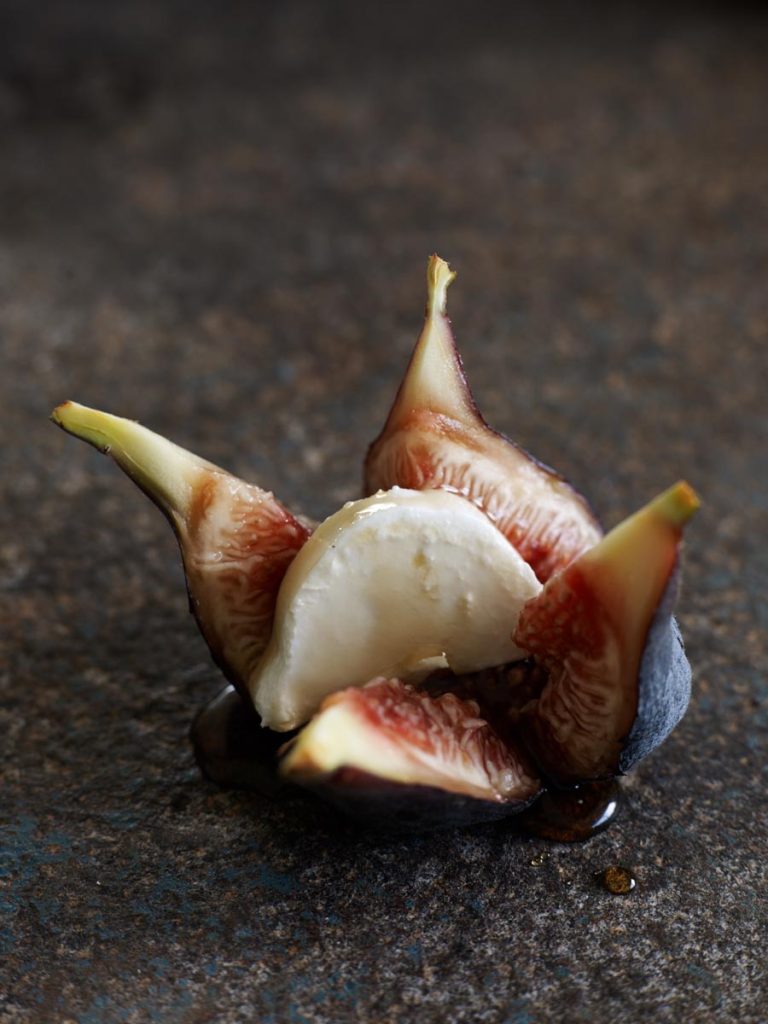
“The skin on San Piero will go brown and the flesh will be salmon pink inside. Then we’ve got four Brown Turkeys. These are a solid performer, greeny-brown skin and amber flesh. It’s an American name but it was originally a French fig. In fact, I don’t believe the US have a fig of their own. They have hybridised quite a lot – they can get seeds off figs in the US because they have that little wasp there, we don’t have it in New Zealand and Australia. Varieties like Mrs Williams are hybrids. I think they all came in with the Spanish, or in this case, with the French. In the case of New Zealand they were all brought in. There probably won’t be any new ones coming into New Zealand because of quarantine issues. There’s not a huge demand for new figs anyway. It’s a small industry, though hopefully growing, and the figs we’ve got are really nice figs.
“Not all cultivars have a breba crop. Take the Macedonians for example. This is a northern Greek fig, or more into Croatia, really part of the Adriatic family which comes from Italy, but thousands of years ago the Greeks weren’t going to follow the Romans and call it an Adriatic fig, they called it Macedonian. It’s a very deep red colour inside. Now the locals come in and ask after a certain variety and want to know when it is going to be ready. The Turkish ladies just want Robyn because it reminds them of home where they had pollinated figs. That’s the thing about figs in New Zealand, they are not really understood. The DSIR used to study figs in Kerikeri because they came in up north with the gum diggers. It’s the Dalmatians who bought them in. That’s why you will find them all around Northland where the kauri grows.”
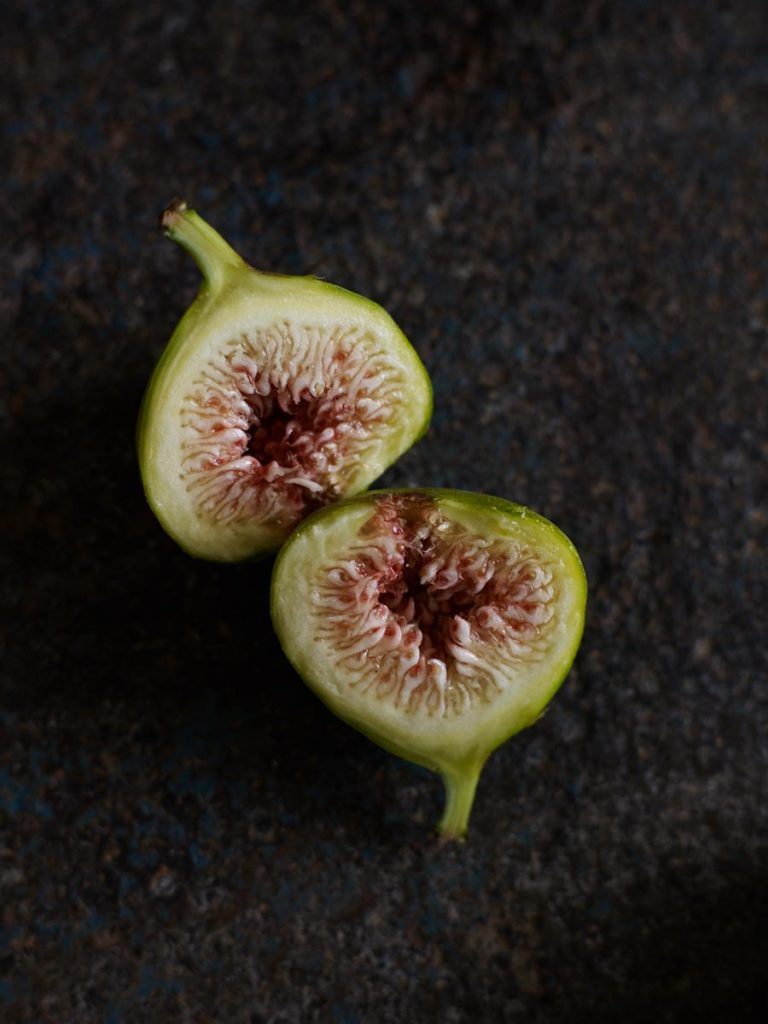
JB “Have you got nets down for weeds?”
MD “Yes. We don’t like spraying. We take pride in being spray free. Nothing really eats a fig except for birds, sheep and dogs.”
JB “Are you constantly repairing netting? Do birds find a way in?”
MD “We’ve got a crop of pukeko and they come up and have a little peck, and they’re so heavy they fall through the overhead nets and then the birds have got a way in.”
JB “Does the dog chase the birds?”
MD “Yes, he does. That’s why he is on the payroll. If the blackbirds get in, then the little wax eyes come next, they take a peck out of every darn thing, just peck at everything in sight. We have big flocks of birds here in the Hawke’s Bay so we would lose a crop overnight if we weren’t vigilant. Hey, Sketch, leave that!”
JB “What? He’s after a fig? Dogs really do eat figs?”
MD “Sketch would take a fig off every tree if he could. He gets told off though.”
JB “What about the ones that drop on the ground? Can he lay claim to those?”
MD “If they fall on the ground, we can’t use them. They’re not saleable. The dog thinks it’s a great idea. And you try and avoid the dog after that I can tell you!”
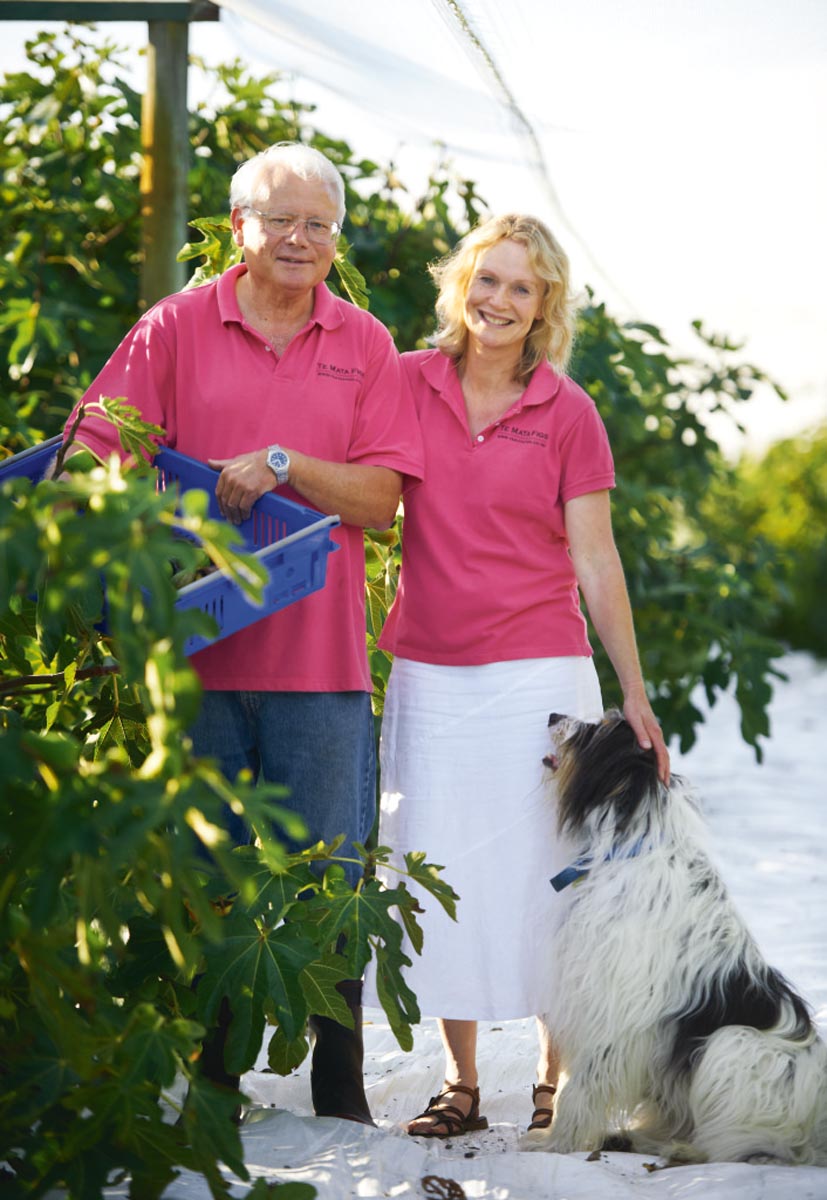
Photograph Brian Cully/NZ Life and Leisure
JB “How easy are figs to grow?”
MD “All you need to do to grow a fig is to take a stick and put it in the soil. They’ll grow anywhere. They’re just big weeds. Of course, different figs will grow better in different places. In Auckland there’s lots of clay which is not great for figs but you can manage it with clay breakers. In the South Island, Marlborough is quite good, but the further south you go the more likely that you’ll run into climatic issues. You could grow Brown Turkeys and Brunoro Blacks down there as they tolerate the cold. Other varieties grow in Northland. We looked around Hawke’s Bay and saw what was growing well in the area and chose those cultivars to start. In the Hawke’s Bay you’ll suffer from a bit of dieback when you get frost but it doesn’t knock the fig back at all. Once the fig’s established it’ll take a bud further down and just carry on. Even if the frost kills the whole top it’ll come on again. The problem with the soil here is that it’s too good for figs, so we stress them and try and persuade them that they’re going to die.”
JB “By not watering?”
MD “Yes, And partly when we plant them. We put rocks and bricks underneath.”
JB “Ha! That’s mean!”
MD “We are about to trial a new way of growing figs on a fence, as you do grapes, and if it works, we should be able to get more rows per hectare than we do now with trees or escapaliered trees. It’s an experiment. The Japanese grow San Piero like this and they cut it right back to the trunk. The fig is always on current year.”
JB “What quantity do you get out of each tree?”
MD “25-30kg over a 3-week period. From a bigger tree you’ll get more, about 40. That will be about the maximum we’ll get with the structure we use. If we let them grow to 8 metres high we’d get more, but when the trees are that tall you can’t get at half them. The birds will get the other half. We have a 3-metre cage around the figgery. It’s set up so you can harvest from the ground. In Egypt and Turkey they send little boys up the trees to get the figs. That doesn’t work in New Zealand.”
JB “Why do the birds not get them there?”
MD “They’ve shot them all.”
JB “Oh. When did you and Helen start growing figs?”
MD “6-7 years ago. The last 3 years we’ve been making fig products. We semi-dry some, or cut the neck off other fruit and freeze it, then bring it back for jams and sorbetto. We have around 1,000 trees on our property. In all, there are 14 figgeries in Hawke’s Bay and four in the Bay of Plenty associated with, and growing for, Te Mata figs. Other people grow for us so we can produce quite big volumes and we can export, but we still want more. There’s never enough.
“The great thing about figs is that there is no wastage. The first grade figs go into the market as figs, the second grade is processed then we have nothing left over at all. There’s no waste product, unlike the apples in Hawke’s Bay. You see them all over the ground. It’s just too expensive to pick them up and process them. 9 months of the year fig trees just sit here and you don’t do anything to them. A simple prune in the middle of July, then take cuttings at some stage, tidy up a bit when the mood takes you … but that’s when we do the processing of the products.”
JB “Are the leaves an irritant?”
MD “Yes they can be. The leaves are like sandpaper. Some people are more sensitive than others. The leaf edge cuts the top of the skin and puts some sort of chemical in you. We tell our pickers to wear rubber gloves when picking. Some have to cover themselves right up to the neck. Helen goes out looking like a spaceman. Anyhow, come and try this vinegar. Helen’s very keen on this fig vinegar.”
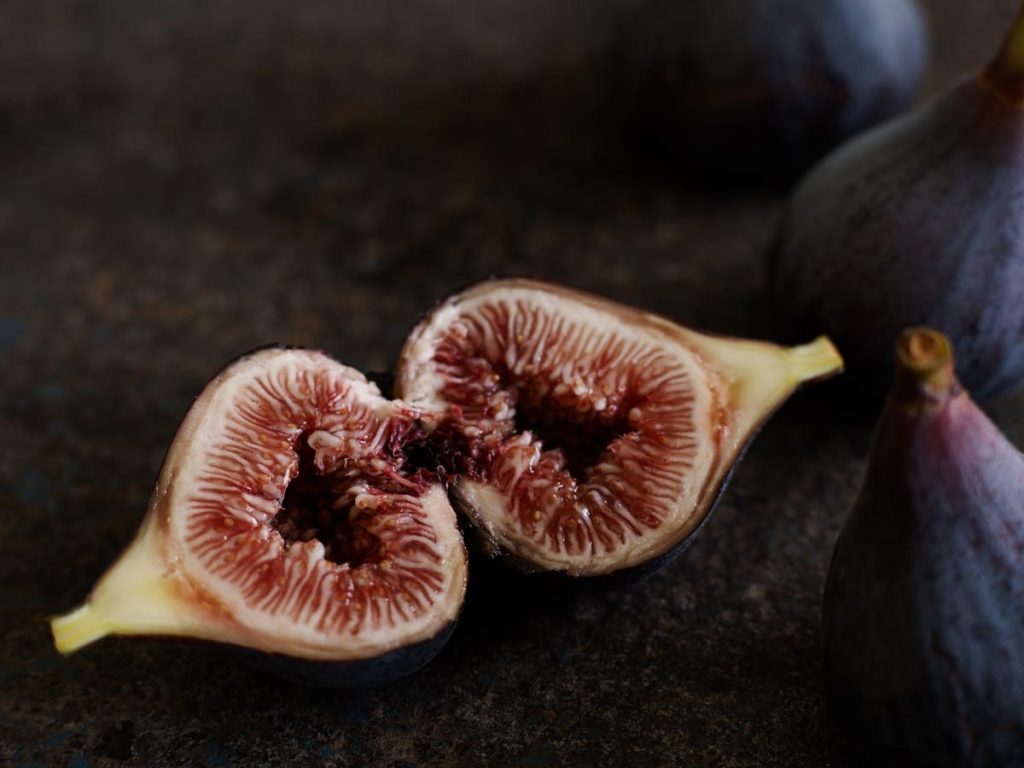
Helen Walker (HW) “Other fruit vinegars seem to have a huge proportion of vinegar, then sugar added. Our vinegar doesn’t have any added cane sugar. We’ve tried to create products that are unique. I’ve used grape must instead of sugar. I got my hands on some from a local wine grower last season and it sat in the deep freeze for ages, and it’s only now I’ve got the time to start playing. It’s great because it balances out the flavours. They pressed the grapes before the brix level for wine making was reached, so it’s more acidic. It takes me so long to get something where I think it is ready for market. I’ve played with fig vinegar for so long. June to November. We have to do all the development around the edges of our other jobs. The vinegar’s just been bottled. It’s a great colour, a lovely magenta. It’s made with Adriatics, and probably just needs a week or so to mellow before using. But it’s really captured the essence of figs.
“Another product is this fig dressing. It’s still trial stuff. I’ve got equal parts of fig vinegar, and the fig meat leftover from making fig vinegar in here, I’m using Adriatic figs which were cooked with spices then sat with grape must for about a fortnight then I’ve just been straining them off today. It’s like making a mayonnaise, adding the oil slowly. Today’s test is looking more like what I am after. So I completely ruined the other batch! This is much better. I’ll put some in a bottle. Try it over char-grilled asparagus, roasted vegetables, salads. If it separates a shake will bring it back. It’s sitting on around 4% acidity, so its got the bite, but smoothness and creaminess from the oil.
“When we’re experimenting, we start off with the fig and add other things. When playing with the sorbetto we found if we used honey and lemon juice the flavour was too sharp, but grape must helps even out the flavours. It’s all trial and error but I’m quite happy with that product.”
And so was I. I returned to Auckland laden with fig vinegar, fig dressing and fig cake, and yes, just like magic, a big box of beautiful plump figs arrived a week ago – the ones photographed here. Not a bad job, mine, really …

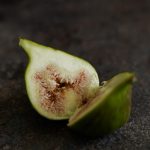
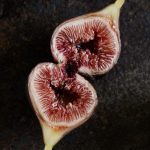
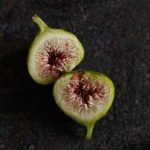

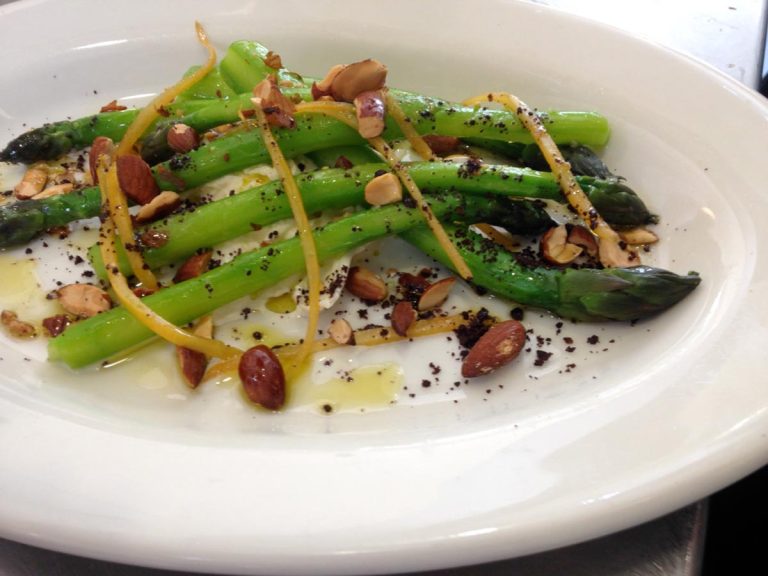
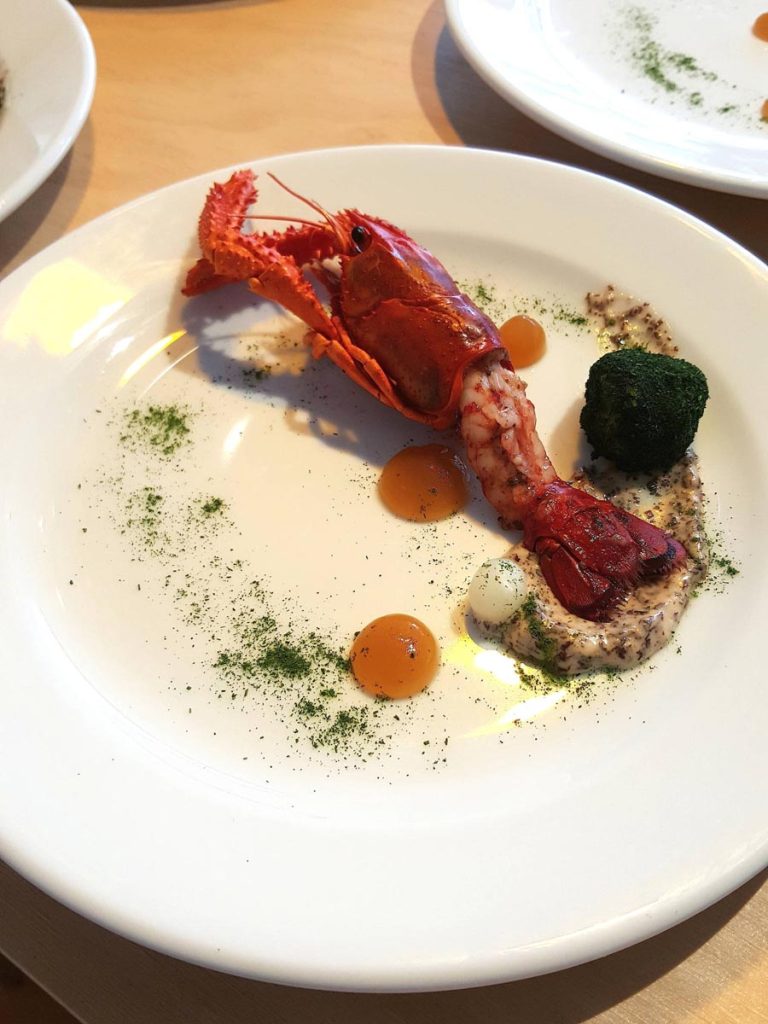
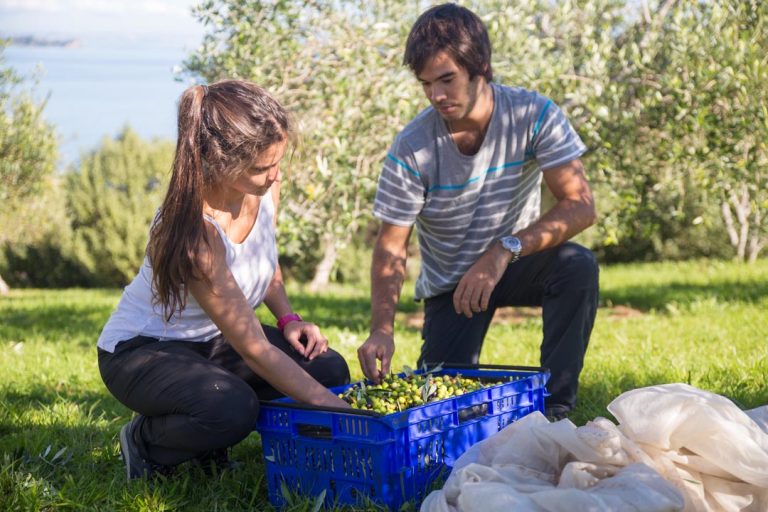
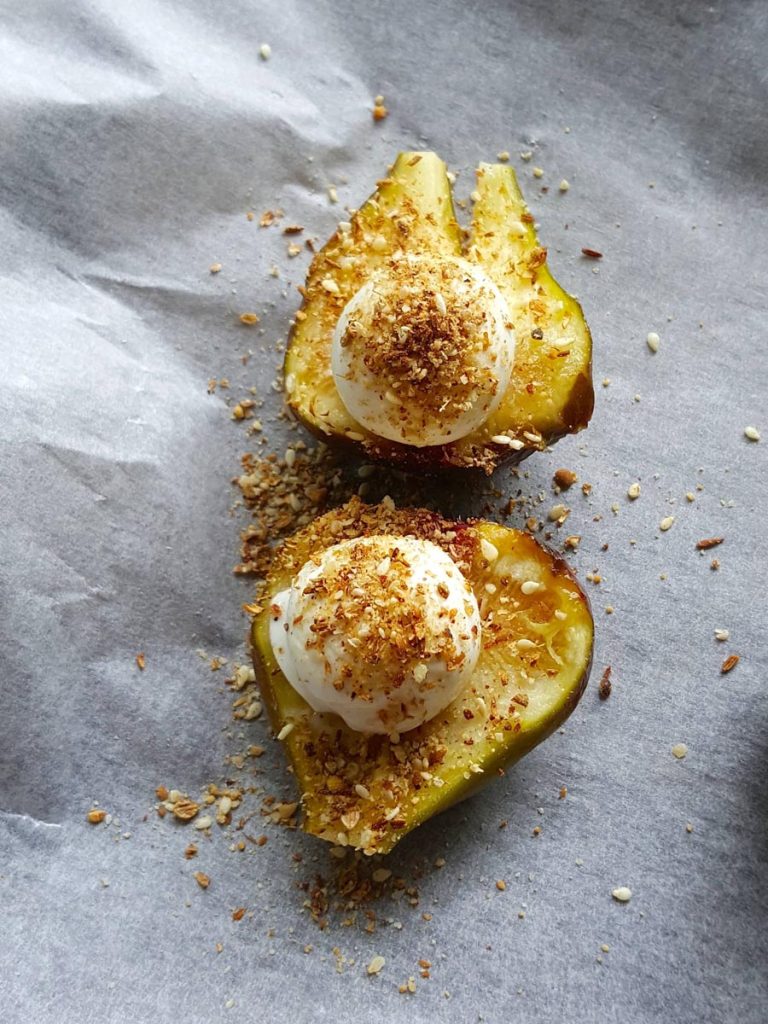
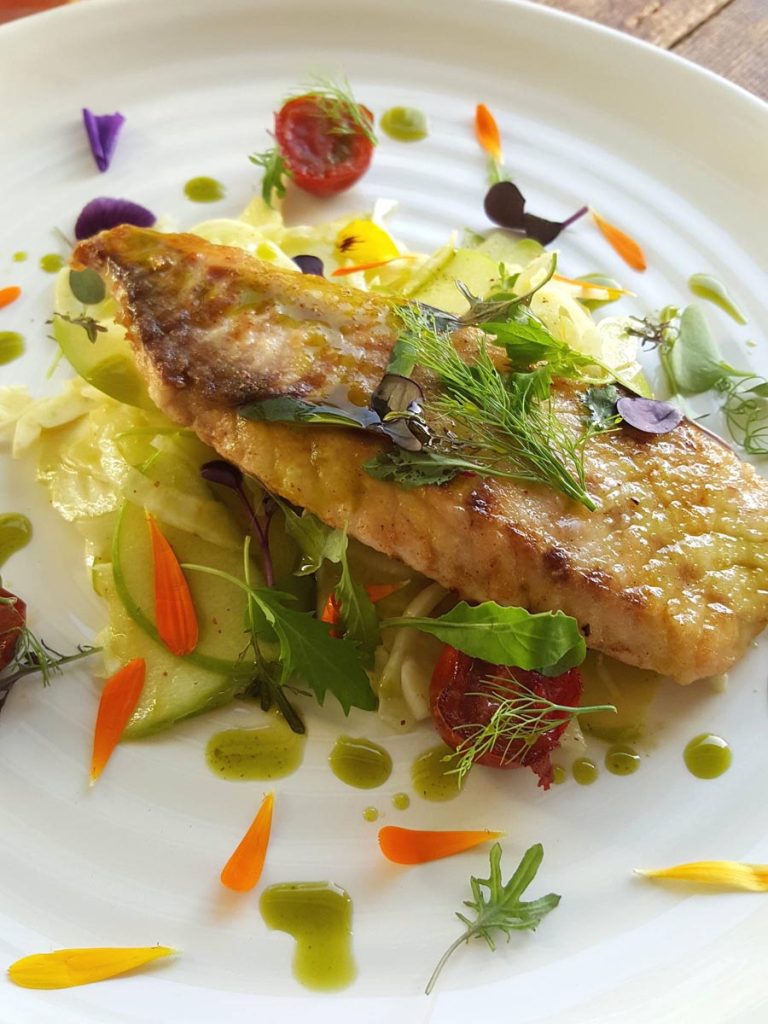
Thanks on your marvelous posting! I genuinely enjoyed reading it,
you could be a great author. I will make sure to bookmark your blog and will eventually come back later in life.
I want to encourage continue your great job, have a nice weekend!
My mouth was watering just reading this. I fell in love with figs when I lived in Greece. Now I have a small Brown Turkey Fig growing in a large pot on my deck in Timaru. Each year it rewards me with about 40 figs, I cover it at night during Winter with bubblewrap because the frosts are pretty severe. But it still keeps on going even if it does get a touch of frost.
Wonderful article. Thanks.
Hi Hannah, that’s great to know you can grow figs in Timaru. What a great idea using bubble wrap! I’ve got two baby trees in pots and I’m hoping to get about 20 this year!Julie
17 -8 2020 Hi there I’m Dave and have recently bought some Fig Trees and have potted them into Containers. But I would love to talk to someone who has had experience growing them as I’m completely new to this and I live in Timaru also my cellphone number is 021 164 9055 ! I’m very keen to learn all about them and how to produce great crops? Please can you contact me asap! Thanks kindly, Dave Marsh 56 Lindsay street Marchwiel Timaru